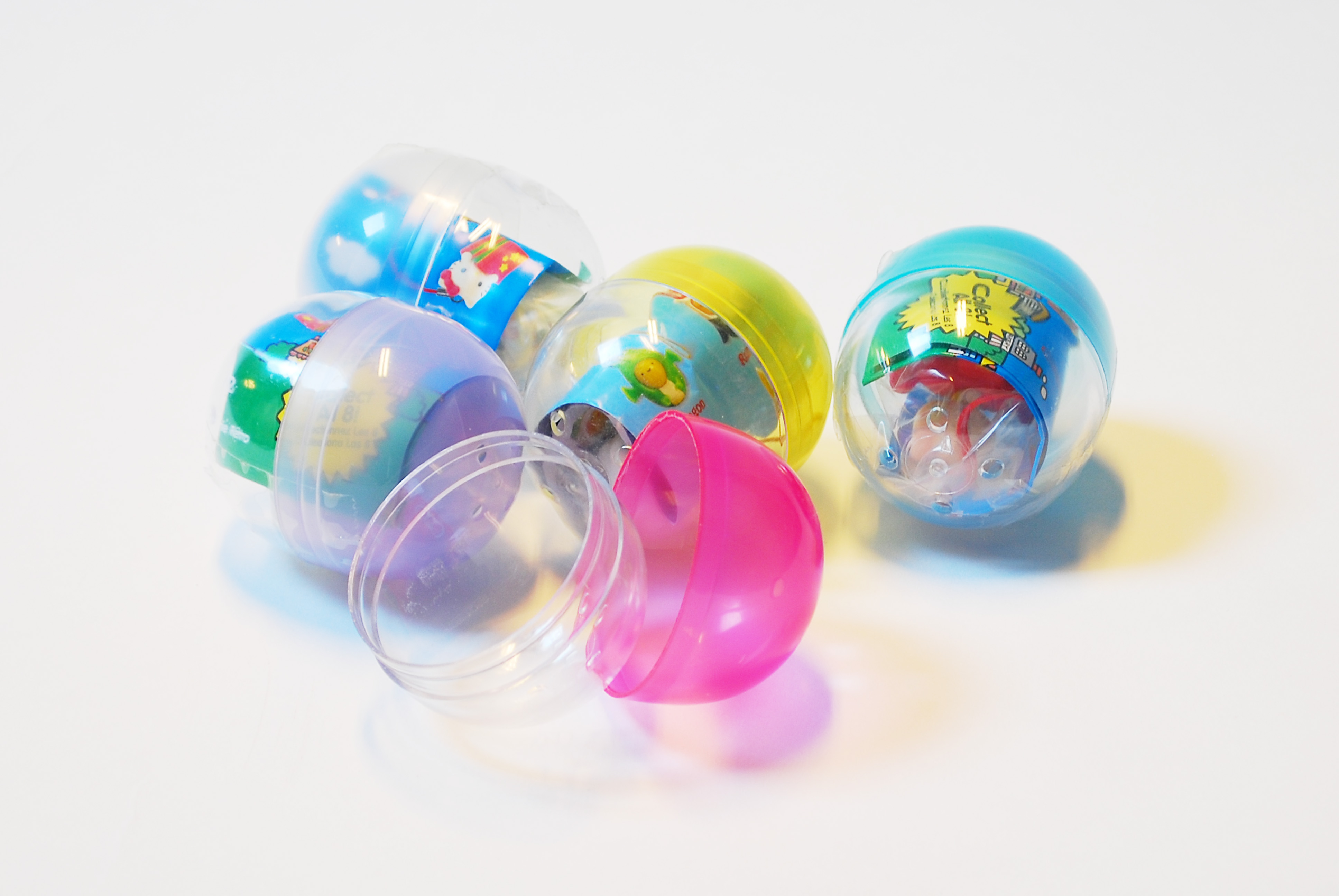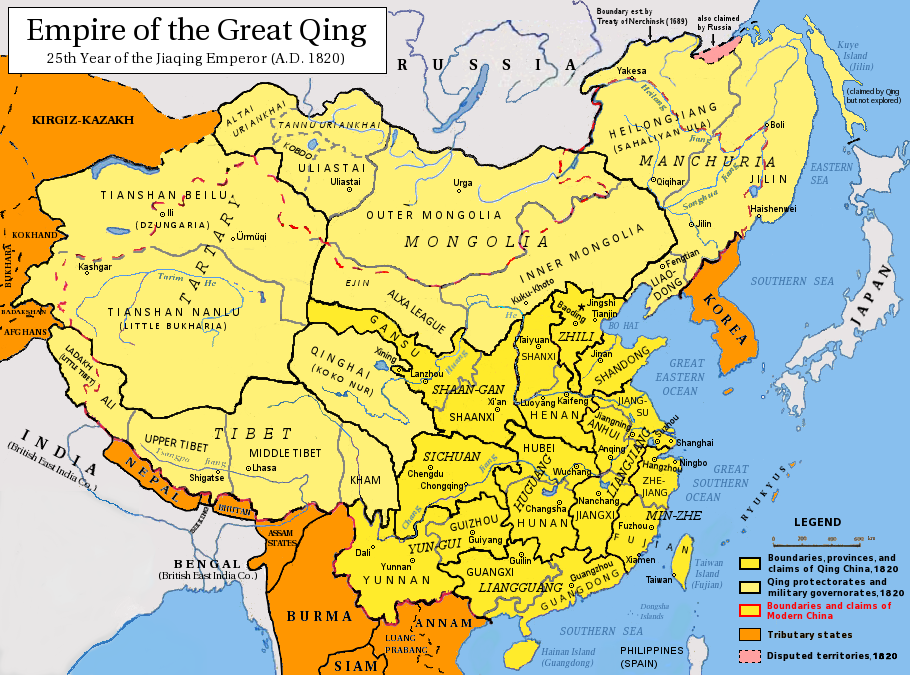|
Gacha (other)
The word Gacha may refer to: * Gashapon, a kind of toy that originated in Japan which is sold inside a plastic capsule. Commonly sold in vending machines ** Gacha game, video games that are monetized via a concept that is similar to gashapon. Comparable to loot boxes * Gācha, an administrative district in Bangladesh * '' Gacha Gacha'', a Japanese shōnen manga by Hiroyuki Tamakoshi which ran from 2002–2007 * '' Gatcha Gacha'', a Japanese shōjo manga by Yutaka Tachibana which ran from 2001–2008 * José Gonzalo Rodríguez Gacha (1947–1989), a Colombian drug lord and co-founder of the Medellín Cartel * Beya Gille Gacha (born 1990), French sculptor * Gacha (; ), the smallest administrative unit in Inner Mongolia Inner Mongolia, officially the Inner Mongolia Autonomous Region, is an Autonomous regions of China, autonomous region of China. Its border includes two-thirds of the length of China's China–Mongolia border, border with the country of Mongolia. ..., same as a nom ... [...More Info...] [...Related Items...] OR: [Wikipedia] [Google] [Baidu] |
Gashapon
, also called , is a kind of vending machine-dispensed capsule toy manufactured and sold by Bandai. It originated in the 1960s and is popular in Japan. The word , a Bandai trademark, is onomatopoeic from two sounds, ''gasha'' (or ''gacha'') for the hand-cranking action of a toy-vending machine, and ''pon'' for the toy capsule landing in the collection tray. is used for both the machines themselves and the toys obtained from them. Popular capsule toy manufacturers include Tomy, which uses the trademark for their capsule machines, and Kaiyodo. In many countries and territories including Japan, China, the United States, the European Union (European Union trade mark) and the United Kingdom, is a registered trademark of Bandai. The capsule toy model has been adapted digitally into numerous gacha game, ''gacha'' video games, such as mobile phone games and massively multiplayer online games (MMOs). Description machines typically sell toys at prices ranging from 100 to 500 J ... [...More Info...] [...Related Items...] OR: [Wikipedia] [Google] [Baidu] |
Gacha Game
A is a game, typically a video game, that implements the machine style mechanics. Similar to loot boxes, live service gacha games entice players to spend in-game currency to receive a random in-game item. Some in-game currency generally can be gained through game play and staying up-to-date, and some by purchasing it from the game publisher using real-world funds. Most common gacha games are free-to-play (F2P) mobile role-playing video games with an emphasis on strategy, such as team building, synergizing and player improvisation. The game model has been around since the early 90s with strategy trading card games such as ''Magic: the Gathering'', but began to be widely used in the early 2010s in mobile gaming by Japan. Gacha mechanics have become an integral part of Japanese mobile game culture as well as pop culture in general. The game mechanism is also increasingly used in Chinese and Korean games, as well as European and American games. Digital ''gacha'' games have ... [...More Info...] [...Related Items...] OR: [Wikipedia] [Google] [Baidu] |
Loot Box
In video game terminology, a loot box (also called a loot crate or prize crate) is a consumable virtual item which can be redeemed to receive a randomised selection of further virtual items, or Loot (video gaming), ''loot'', ranging from simple customisation options for a player's Avatar (computing), avatar or character to game-changing equipment such as weapons and armour. A loot box is typically a form of Video game monetization, monetization, with players either buying the boxes directly or receiving the boxes during play and later buying "keys" with which to redeem them. These systems may also be known as ''gacha'' (based on , i.e. capsule toys), which is popular in Japan, and may be integrated into gacha game, ''gacha'' games. Loot box concepts originated from loot systems in massively multiplayer online role-playing games, and from the monetisation of free-to-play mobile gaming. They first appeared in 2004 through 2007, and have appeared in many free-to-play games and in ... [...More Info...] [...Related Items...] OR: [Wikipedia] [Google] [Baidu] |
Bangladesh
Bangladesh, officially the People's Republic of Bangladesh, is a country in South Asia. It is the List of countries and dependencies by population, eighth-most populous country in the world and among the List of countries and dependencies by population density, most densely populated with a population of over 171 million within an area of . Bangladesh shares land borders with India to the north, west, and east, and Myanmar to the southeast. It has a coastline along the Bay of Bengal to its south and is separated from Bhutan and Nepal by the Siliguri Corridor, and from China by the List of Indian states, Indian state of Sikkim to its north. Dhaka, the capital and list of cities and towns in Bangladesh, largest city, is the nation's political, financial, and cultural centre. Chittagong is the second-largest city and the busiest port of the country. The territory of modern Bangladesh was a stronghold of many List of Buddhist kingdoms and empires, Buddhist and List of Hindu empir ... [...More Info...] [...Related Items...] OR: [Wikipedia] [Google] [Baidu] |
Gacha Gacha
is a Japanese manga series written and illustrated by Hiroyuki Tamakoshi. It consists of two separate stories with different characters each. The first one was serialized in Kodansha's manga magazine ''Weekly Shōnen Magazine'' from August 2002 to June 2003. The second story, known as ''Gacha Gacha: The Next Revolution'', was serialized in ''Magazine Special'' from July 2003 to October 2007. The overall series' chapters were collected in 16 volumes: the first part was collected in five volumes, and the second in 11 volumes. In North America, the manga was licensed by Del Rey Manga; the second part was released as ''Gacha Gacha: The Next Revolution''. Plot ''Gacha Gacha'' Kouhei Nanjou has been classmates with Kurara Hanazono since elementary school, and he has recently realized that he has developed a crush on her. However, after a fateful trip to Hawaii, Kurara has started to behave oddly at times—specifically acting extremely promiscuous and flirting shamelessly for ... [...More Info...] [...Related Items...] OR: [Wikipedia] [Google] [Baidu] |
Gatcha Gacha
is a Japanese manga series by Yutaka Tachibana. The story centers on the struggling high school girl Yuri Muroi. The series was licensed in English by Tokyopop, with the first volume released on March 7, 2006, and the eighth volume released in December 2010. Story Yuri Muroi, a promiscuous girl with a reputation among the male student body, has just broken up with her eleventh boyfriend; her previous boyfriends have always dumped her. She soon meets playboy Yabe Takahiro, and begins to think he might be her true love. Yabe, however, decides the only girl he will date seriously is Motoko Kagurazaka, the most popular girl in school. Kagurazaka displays no interest in him, but might secretly like him. Muroi has a suitor of her own: Sho Hirao, the student body president. Hirao is clumsy and tactless around girls. He is in love with Yuri, because she, unlike other girls, never seems to be affected by his inadvertently harsh words. As Yuri is drawn into a friendship with Yabe, Mot ... [...More Info...] [...Related Items...] OR: [Wikipedia] [Google] [Baidu] |
José Gonzalo Rodríguez Gacha
José Gonzalo Rodríguez Gacha (14 May 1947 – 15 December 1989), also known by the nicknames ''Don Sombrero'' () and ''El Mexicano'' (), was a Colombian drug lord who was one of the leaders of the Medellín Cartel along with the Ochoa brothers and Pablo Escobar. At the height of his criminal career, Rodríguez was acknowledged as one of the world's most successful drug dealers. In 1988, ''Forbes'' magazine included him in their annual list of the world's billionaires. Early years José Gonzalo Rodríguez Gacha was born in May 1947 in the small town of Veraguas, near Pacho in the department of Cundinamarca. He came from a poor family of cheese vendors, and it is said that his formal education did not extend beyond grade school. He left school in the early 1970s and moved to Muzo, Boyacá, the center of the emerald exploitation in Colombia. There he began to work under Gilberto Molina Moreno, who at the time was called the "tsar" of emeralds in Boyacá, as part of his secur ... [...More Info...] [...Related Items...] OR: [Wikipedia] [Google] [Baidu] |
Beya Gille Gacha
Beya Gille Gacha (born 1990) is a sculptor. Her work is in the collections of the World Bank and the Smithsonian National Museum of African Art. Biography Gacha was born in Paris to a Cameroonian mother and French father. She studied at the École du Louvre before leaving in 2013 to found NÉFE, an artist collective. She combines plastic arts, including draftsmanship, with writing. Today, beading the surfaces of figurative sculptures serves as the artist's trademark. For her, drawing upon the longstanding practice of the Cameroon grasslands of encasing carved figures and domestic objects with glass beads traded, sometimes traced from as far as the Czech Republic, speaks to both her Bamileke heritage and the longstanding trade of beads that unites Africa with Europe and Asia. For the artist, beading figures and body parts illuminates underrepresented global connections while offering a humanistic focus that draws the eye to and focuses attention on individual human value and ... [...More Info...] [...Related Items...] OR: [Wikipedia] [Google] [Baidu] |
Administrative Divisions Of China
The administrative divisions of China have consisted of several levels since 1412, due to mainland China's large population and geographical area. In the People's Republic of China, the constitution provides for three levels of government. However in practice, there are five levels of local government; the provincial (province, autonomous region, municipality, and special administrative region), prefecture, county, township, and village. Since the 17th century, provincial boundaries in mainland China have remained largely static. Major changes since then have been the reorganization of provinces in the northeast after the establishment of the People's Republic of China in 1949 and the formation of autonomous regions, based on Soviet ethnic policies. The provinces serve an important cultural role in China, as people tend to identify with their native province. Levels The Constitution of the People's Republic of China provides for three levels: the provincial, the county le ... [...More Info...] [...Related Items...] OR: [Wikipedia] [Google] [Baidu] |
Inner Mongolia
Inner Mongolia, officially the Inner Mongolia Autonomous Region, is an Autonomous regions of China, autonomous region of China. Its border includes two-thirds of the length of China's China–Mongolia border, border with the country of Mongolia. Inner Mongolia also accounts for a small section of China's China–Russia border, border with Russia (Zabaykalsky Krai). Its capital is Hohhot; other major cities include Baotou, Chifeng, Tongliao, and Ordos City, Ordos. The autonomous region was established in 1947, incorporating the areas of the former Republic of China (1912–1949), Republic of China provinces of Suiyuan, Chahar Province, Chahar, Rehe Province, Rehe, Liaobei, and Xing'an Province, Xing'an, along with the northern parts of Gansu and Ningxia. Its area makes it the List of Chinese administrative divisions by area, third largest Chinese administrative subdivision, constituting approximately and 12% of China's total land area. Due to its long span from east to west, Inn ... [...More Info...] [...Related Items...] OR: [Wikipedia] [Google] [Baidu] |



